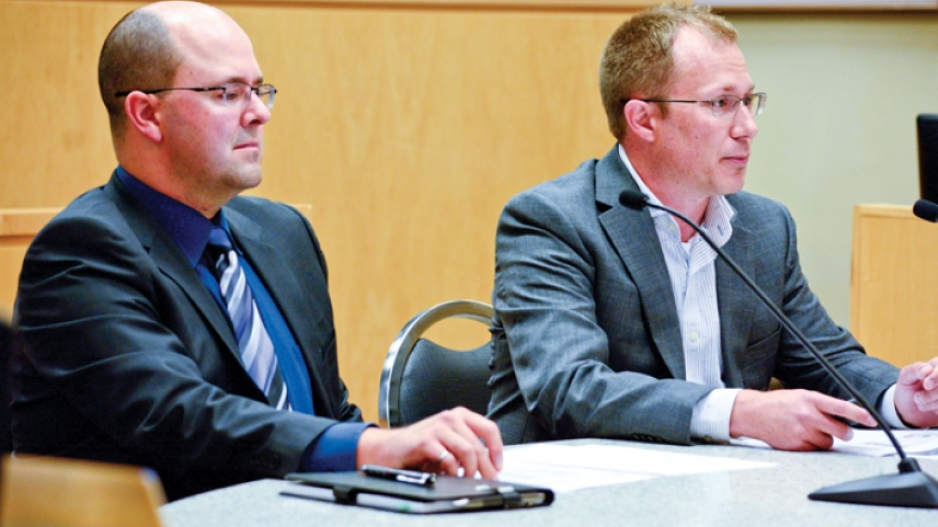Pembina Pipeline’s expansion project in Northeast British Columbia is getting closer to completion.
Company officials paid Fort St. John city council a visit last week to update them on the pipeline’s progress.
“We want to thank everyone for their patience, we’ve been at it since January and now it’s drawing to a close it’s a very busy time for us,” said project manager Brent MacIntyre.
Work on the 147-kilometre pipeline began in January 2017 and is set to be complete and in operation before the end of the year. Having the cleanup fully done will depend on the weather, MacIntyre said.
Pembina is currently hydrotesting the line.
“It’s using water to just do a strength test on the line to ensure it’s safe and ready to transfer over to operations,” said MacIntyre.
The pipeline has a base capacity of 75,000 barrels per day, and will carry natural gas liquids and condensate from the area northwest of Wonowon down to the southeast of Taylor.
A portion of the pipeline goes through Fort St. John, specifically the ninth tee box on Links Golf Course.
The pipeline also cuts through a large swath of agricultural land, which is being carefully monitored so there’s no damage to the topsoil, MacIntyre said. Crews moved the topsoil to one side during construction and will push it back when the work is done.
“When we put it back, if we damage the soil or mix it improperly, it doesn’t grow properly anymore, and you can’t fix that.”
Over the course of construction, Pembina and its contractors, including Surerus, have spent $30 million in the community and hired more than 400 local people to work on the project.
“I’m particularly proud of that because we have actually gone to a lot of effort to look local first, not just for our labour, but also our subcontractors,” said MacIntyre.




